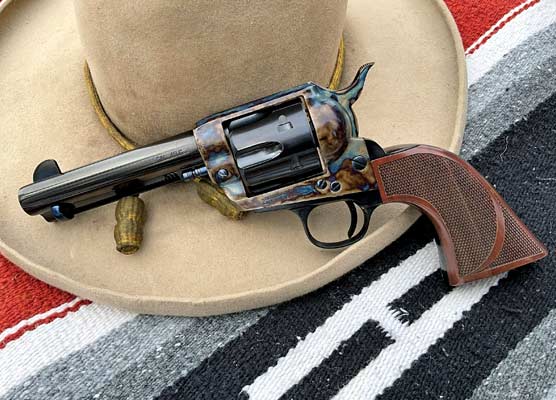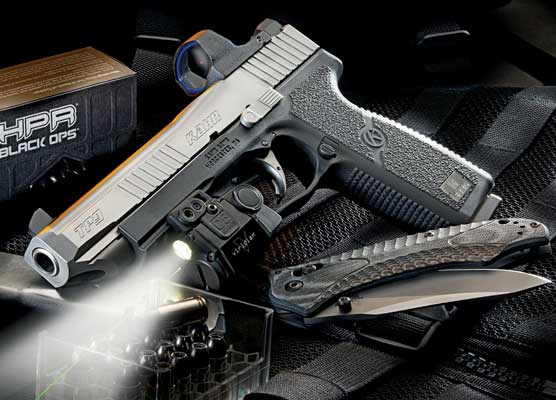Discover | Handloading |
0
Invented in 1906, a gas check is simply a copper cup that attaches to the base of a lead alloy bullet to protect it against hot powder gases. It allows much higher velocities than standard bullets, and also works to prevent leading. In 1935 the Smith & Wesson .357 Magnum arrived and sixgunners found they had the same problem faced by a rifle shooters when trying to push lead alloy bullets at higher speeds. Some time in the 1930s, a fellow by the name of Cramer was offering bullet molds cut for gas checks, however it remained for Ray Thompson to bring them to a high art.
Thompson was a member of the .44 Associates, a group which also numbered amongst its members one Elmer Keith. All of the Associates shared recipes for the .44 Special in the early 1940s. Elmer Keith was adamant in his belief gas checks had no place on sixgun bullets. All of his bullets were designed as plain-based bullets with three equal diameter driving bands and a large grease groove. Ray Thompson kept the same basic SWC profile of the Keith bullet, however he made three distinct changes. The base was cut for the adding of a gas check, the grease groove is much smaller, and finally Thompson believed the front driving band on the bullet should be smaller in diameter than the rest of the bullet to enable the bullet to be line up properly in the barrel. For example his .44 bullets, normally size to .431″ have .427″ front driving bands.
In the early 1950s, Lyman began offering their molds cut for Ray Thompson’s four gas checked bullets, and they are still available today. The #358156 designed for the .357 Magnum is my favorite .357 bullet and I have found it to be the best bullet available for full power loads in .357 Magnum sixguns, and its gas checked feature is absolutely mandatory when using cast bullets in .357 leverguns. Thompson’s bullets predate the .44 Magnum, however his two bullets for the .44 Special work equally well in the .44 Magnum and are mandatory for full house loads in leverguns. His .44 bullets are the 215-gr. #429215 and the 255-gr. #431244. His fourth bullet was designed for the .45 Auto Rim in the Smith & Wesson 1950 Target, however it also works exceptionally well in the .45 Colt. When loaded over 21.5 grains of #2400 in .45 Colt brass it gives over 1,400 fps and is for use only in the Ruger Blackhawk. Lyman catalogs this bullet as #452490.
>> Click Here << To Read More Sept/Oct 2011 Handloading



